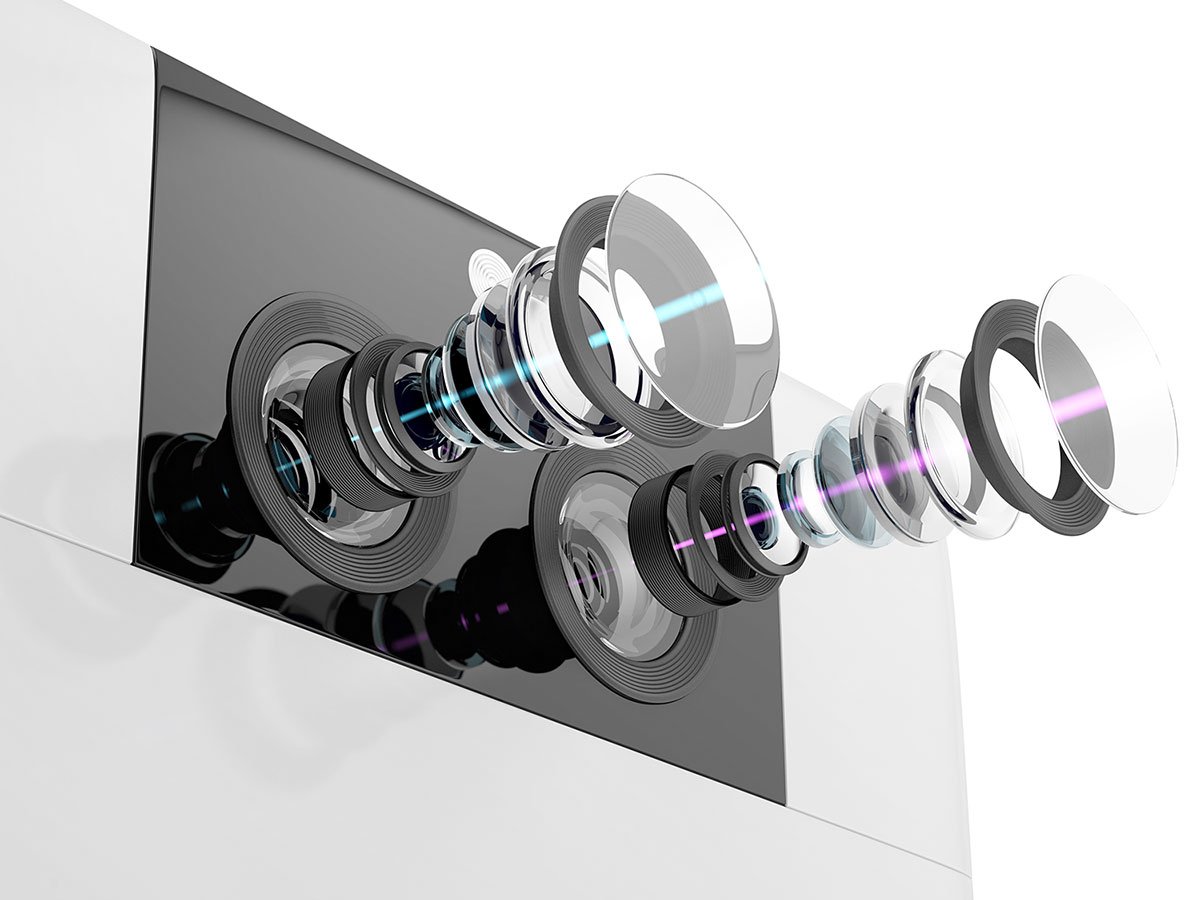The ubiquitous presence of mobile phone cameras has revolutionized the way we capture and share our daily lives. Understanding the mechanisms behind these miniature marvels unveils the sophistication and innovation embedded in modern smartphone technology. This article explores how mobile phone cameras work and delves into the different types of camera systems that have become integral to our visual experiences.
Optics and Lenses
At the heart of every mobile camera is a lens system that focuses light onto the image sensor. These lenses, often composed of multiple elements, play a crucial role in determining the quality and clarity of the captured image. Some smartphones feature multiple lenses, each optimized for specific functions, such as wide-angle, telephoto, or macro photography.
Image Sensor
The image sensor is the electronic component that converts light into electrical signals, initiating the process of digital image formation. Most smartphones use CMOS (Complementary Metal-Oxide-Semiconductor) image sensors due to their efficiency, low power consumption, and rapid readout capabilities.
Pixel and Resolution
The image sensor is comprised of millions of pixels, with each pixel representing a tiny light-sensitive element. The number of pixels on the sensor determines the camera’s resolution. Higher resolution results in more detailed images, allowing users to capture intricate details in their photos.
Autofocus and Image Stabilization
Autofocus mechanisms in mobile cameras ensure that the captured image is sharp and clear. Advanced systems use phase detection or contrast detection to quickly adjust focus. Image stabilization techniques, whether optical or electronic, help counteract hand movements, reducing the chances of blurry photos, especially in low-light conditions.
Types of Mobile Camera Systems
Single Lens Cameras: Entry-level smartphones often feature a single-lens system suitable for general photography.
Dual Lens Cameras: Dual-lens setups typically include a standard lens and a secondary lens, such as a wide-angle or telephoto lens, offering users more versatility.
Triple and Quad Lens Cameras: High-end smartphones employ multiple lenses, each serving a specific purpose, enabling users to capture a diverse range of shots, from ultra-wide landscapes to close-up macros.
Night Mode and Computational Photography
Many modern smartphones leverage computational photography techniques to enhance image quality. Night mode, for example, uses algorithms to capture and combine multiple exposures, resulting in well-lit and detailed photos even in low-light conditions.
Front-Facing Cameras
Front-facing or selfie cameras have become integral for capturing self-portraits and participating in video calls. These cameras often have features like beauty modes and wide-angle lenses to cater to the preferences of selfie enthusiasts.
Conclusion
Mobile phone cameras have evolved from simple image-capturing tools to sophisticated systems that rival some dedicated cameras. The integration of advanced optics, powerful image sensors, and innovative software has democratized photography, allowing individuals to effortlessly capture and share their experiences. As technology continues to advance, the future promises even more exciting developments in the realm of mobile phone cameras, reshaping the way we perceive and document the world around us.
